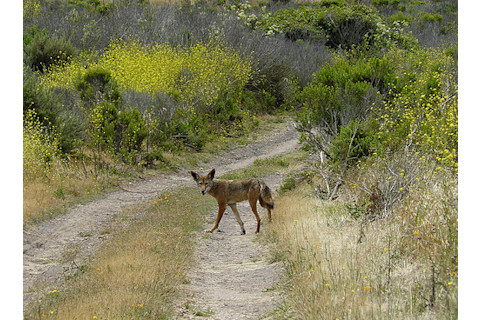
Nearly a million coyotes have been killed by Wildlife Services since 2000.
In the western US, conflict between ranchers and wild animals who might harm their stock is an old, old story. But in 1915, the federal government started helping ranchers and farmers out by killing animals suspected of attacking livestock, eventually forming an agency known as Animal Damage Control. Today, though, the agency has morphed into something that appalled many of the readers who learned of its activities last week in the Sacramento Bee
. When Wildlife Services, as the group is now called, finds a bald eagle, a family's beloved husky, or a young badger in a trap laid for coyotes or prairie dogs, its back broken or leg snapped, it is shot and its body buried. Its death at the hands of federal employees is rarely, if ever, reported as required. This happens thousands of times a year, on top of all the killings of wildlife that are the agency's intended targets. The Bee's evidence against Wildlife Services's claims of killing only when necessary, assembled in three investigative articles
, is damning. The series is worth reading for yourself, along with the follow-up articles that paint a portrait of an agency out of control, but the Bee summarizes its findings thus:
• With steel traps, wire snares and poison, agency employees have accidentally killed more than 50,000 animals since 2000 that were not problems, including federally protected golden and bald eagles; more than 1,100 dogs, including family pets; and several species considered rare or imperiled by wildlife biologists. • Since 1987, at least 18 employees and several members of the public have been exposed to cyanide when they triggered spring-loaded cartridges laced with poison meant to kill coyotes. They survived – but 10 people have died and many others have been injured in crashes during agency aerial gunning operations since 1979. • A growing body of science has found the agency's war against predators, waged to protect livestock and big game, is altering ecosystems in ways that diminish biodiversity, degrade habitat and invite disease.
Head over to the Sacramento Bee to read the rest
.
Image courtesy of docentjoyce / flickr













